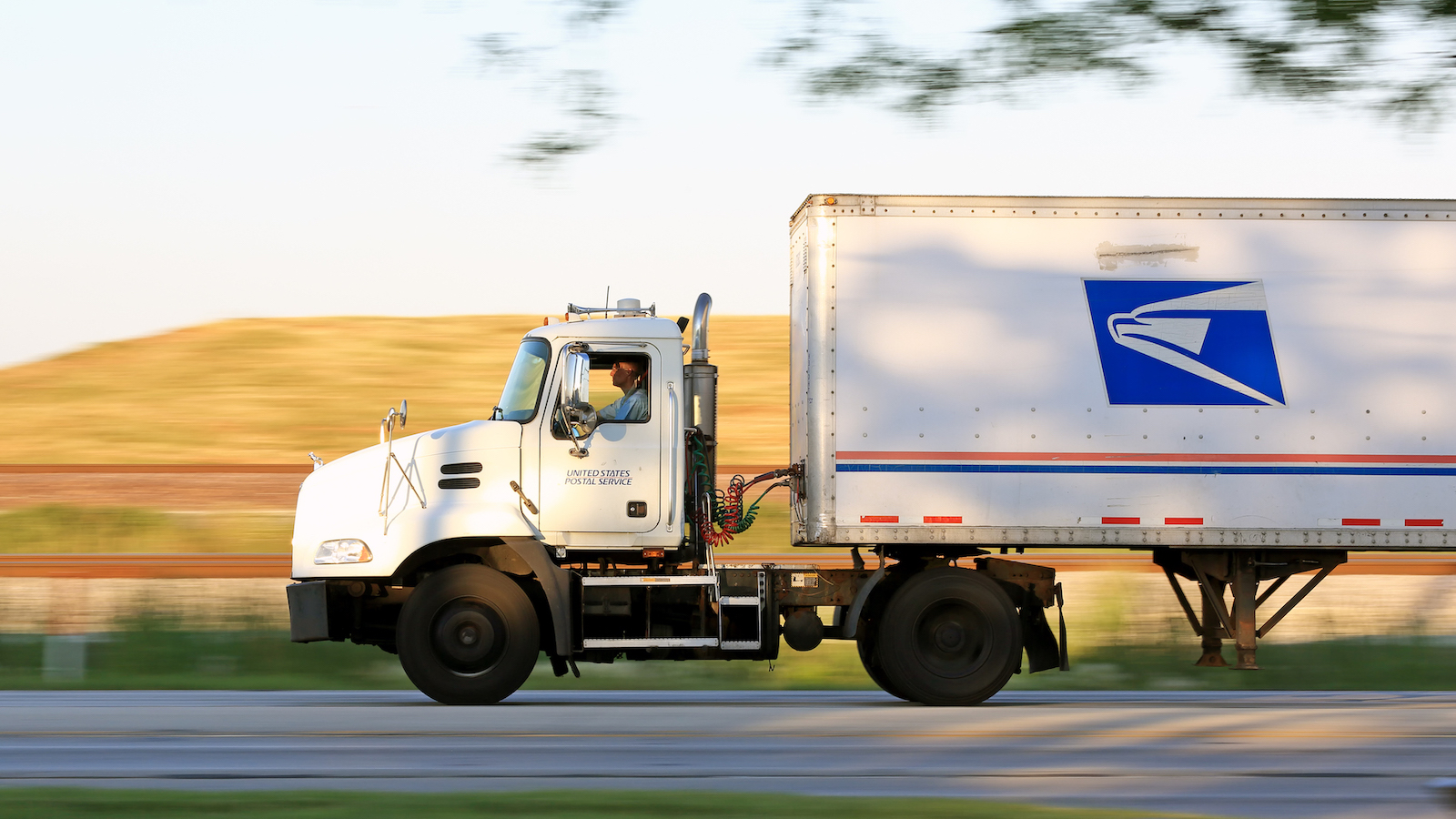Table of Contents
** Minutes
What is distributed inventory?
3 reasons to distribute your inventory across multiple fulfilment centres
ShipBob’s technology provides data-driven inventory location recommendations
What do you want to learn?
Getting started in ecommerce typically involves shipping from your home. When you grow, you may seek a local fulfilment provider. However, just because it’s close to you doesn’t always mean it’s the best option. Keeping scalability and geographic footprint in mind is key.
When outsourcing order fulfilment to a 3PL, you may think the more warehouses you use, the more complexities you encounter. The reality is using a single 3PL with multiple locations offers many advantages.
When it comes to fulfilment centre location, one of the most important considerations is if it’s near your customers. Since your customers likely don’t all reside in a single geographic region, using one fulfilment centre can make it nearly impossible to efficiently reach the majority of people who buy from you.
Instead, using distributed inventory means each time an order is placed on your store, the distribution centre closest to that customer will automatically fulfil the order.
What is distributed inventory?
Distributed inventory is the splitting of physical goods across different fulfilment centres that are strategically chosen to keep inventory closer to the end customer (e.g., one in Sydney and one in Melbourne). This way, it is nearby when it’s ready to be shipped to achieve a lower transit time and cheaper shipping costs.
Instead of using a single fulfilment centre and centralising inventory, distributed inventory lets a merchant leverage the locations that are most optimal for the business, enabling each order to be routed to and shipped from the closest fulfilment centre.
3 reasons to distribute your inventory across multiple fulfilment centres
Learn the top benefits of splitting your product quantities into fulfilment warehouses in different regions and even countries (and how to know which locations are the best for your brand).
1. Spread risk in case of emergencies
Splitting inventory across warehouses helps you be prepared and have options in the event that your orders can’t leave a particular fulfilment centre. A common example of a delivery exception is bad weather that delays an order.
There are many catastrophes and natural disasters that prevent shipping couriers from making it to the fulfilment centre or cause delays while in transit. At some point, a flood, bushfire, or other force in nature will likely impact some of your orders.
Though much less likely, there are possibilities of other disasters that affect what’s inside a warehouse, such as an electrical fire. When you split your inventory across geographic areas, you will have backup inventory in other locations. Whether to prevent delays or lost stock, it can be better to be safe than sorry.
“ShipBob has been a great ally as they have fulfilment centres all over, facilitating a 2-3 day delivery time. This is helpful especially when weather challenges happen; being able to have different locations to ship from allows for a more seamless supply chain.”
Andrea Lisbona, Founder & CEO of Touchland
2. Drive down shipping costs
While you may need to make a greater initial investment to purchase more inventory or ship units to additional locations than you would with only one fulfilment centre, there are cost savings to be realised elsewhere.
When you ship from only one warehouse, it can take a long time to reach your end customer. A longer time in transit can prevent your customers from buying from you in the first place or making a repeat purchase. Additionally, high shipping costs are one of the top reasons for shopping cart abandonment.
Storing inventory closer to your customers helps lower shipping costs, because orders will travel a shorter distance. It is almost always less expensive to ship an order 30 km than 3,000 km. Of course, having access to a 3PL’s network of ecommerce fulfilment centres lets you use multiple facilities without paying for the infrastructure, staff, and equipment yourself.
“With ShipBob, we have the option to use more of their warehouses to further reduce shipping costs. Because they have a lot of people to handle our orders and additional warehouses we can expand into, we can scale up with ease as we continue to grow quickly. If we ran our own warehouse, it would be much harder to hire people and we’d inevitably outgrow the space.”
Oded Harth, CEO & Co-Founder of MDacne
Of course, if your order volume is on the low side, it may not make sense for you to distribute your inventory. You must consider whether ecommerce warehousing costs, transportation costs to logistics centres, and the number of SKUs you have would be offset by the reduced shipping costs and potential additional revenue made by offering better shipping options for more addresses.
3. Get your orders shipped to customers faster
With customers today expecting a two-day turnaround for their orders (and many accepting nothing longer), using multiple warehousing and storage locations lets you significantly reduce delivery times.
I’m most impressed with ShipBob’s commitment to driving improvement and technology, which drives reductions in delivery time. I knew a shorter transit time was going to become more and more important. Customers get accustomed to a certain service level at a low price — often free — and want it faster over time.Michael Peters, VP of E-Commerce Operations at TB12
If you use a fulfilment centre in a major metro hub like Sydney, you can reach a large amount of the population across the East Coast of Australia with ease. It is even possible to get the package delivered the same day to people who live in the same city and surrounding suburbs that you’re shipping from.
Ultimately, the quicker a customer gets their order, the happier they are. If you can offer a quick turnaround time – without using expedited shipping and it costing an arm and leg – you will likely see a surge in sales.
ShipBob’s technology provides data-driven inventory location recommendations
If you partner with ShipBob for fulfilment and distribution, our free proprietary technology and analytics tool use your historical order data to display your current shipping speeds and costs, and compare those to what they would be if you used different fulfilment centres in different states and countries in ShipBob’s network.
For example, if a merchant is storing inventory and shipping orders exclusively out of the Gold Coast, while great for reaching customers in Queensland, after analising their data they find the majority of their customers live in Victoria and New South Wales.
They’d be much better off storing their inventory in Sydney and Melbourne to more effectively reach their customer base, while speeding up transit times and saving money on reduced shipping costs.
“A quarter of our sales are international. ShipBob’s ever-expanding global fulfilment network enables us to tap into that demand much more cost-effectively.
We have stock in ShipBob’s fulfilment centres in Australia, the UK, the US, Canada, and Poland.
With new locations being added all the time, ShipBob will help us service customers in more and more countries around the world over time.“
Aaron Patterson, COO of The Adventure Challenge
ShipBob helps brands at every stage of growth. Many get started in just one fulfilment centre and revaluate their strategy as they grow. They can continue to expand into additional locations as they please, always choosing which ones they prefer. The distribution metrics ShipBob provides are always up-to-date to help you make the most intelligent decisions.
Conclusion
To be successful in the competitive ecommerce space, many online brands distribute their inventory to multiple warehouses. A good outsourced order fulfilment provider can help you determine the optimal fulfilment centre locations for your business based on your customers’ addresses.
Talk to a fulfilment expert
ShipBob is the premier retail fulfilment partner for direct-to-consumer brands. With a robust network of fulfilment centres, best-in-class technology, and advanced analytics that help you make better decisions, we help you optimise your supply chain while providing the best customer experience. Learn why thousands of ecommerce brands work with ShipBob today.



